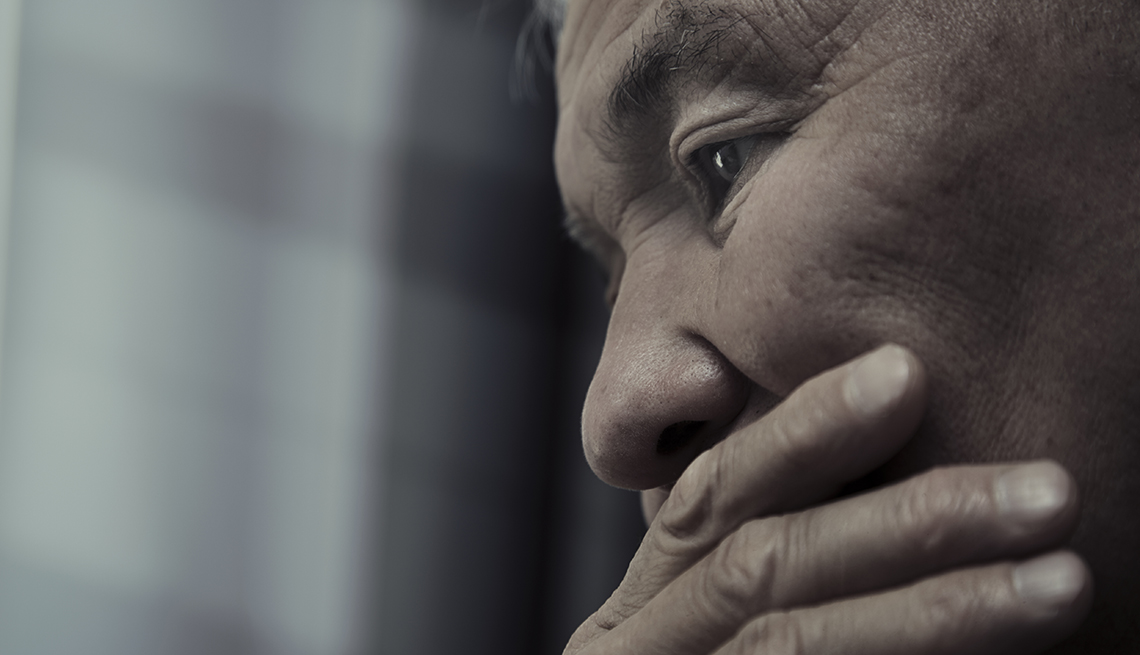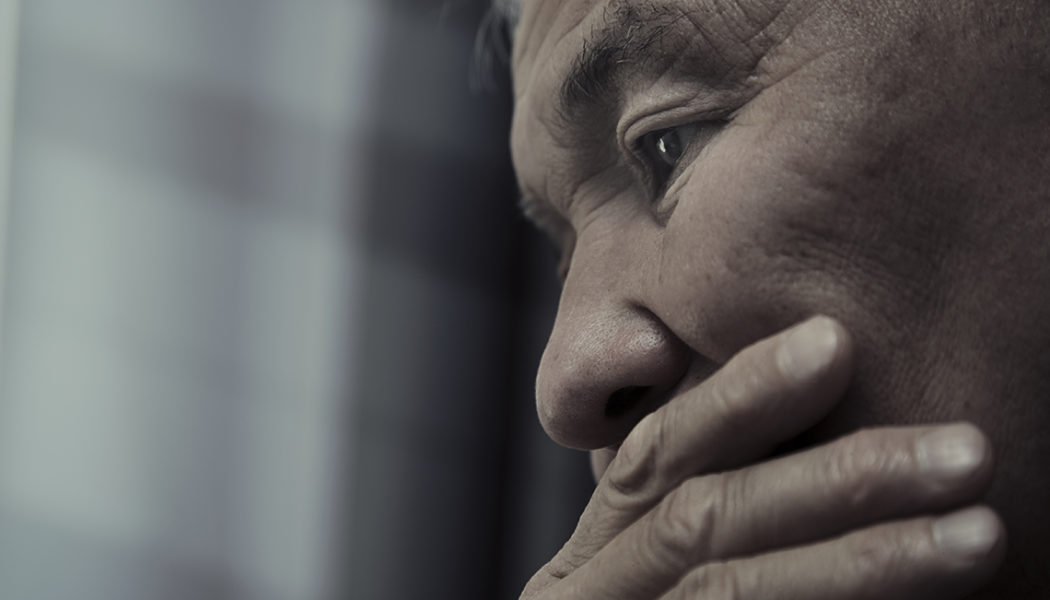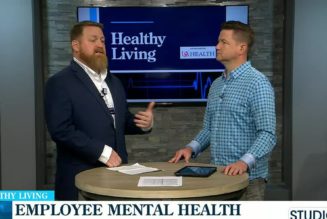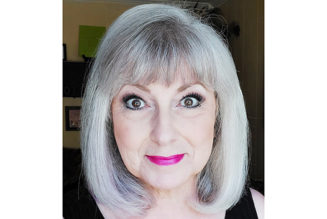
One common sign is increased use of drugs or alcohol. She says an older man who has several health conditions may stop or take a break from medications, thinking, What’s the point? “If they start really talking about a sense of futility, it can almost sound rational. If they don’t seem like themselves, it’s something to explore,” Moutier says.
Because experts say women are more likely than men to seek help from health professionals for mental or physical conditions, older men may need some prodding.
“We need to recognize that in the United States, late-life suicide is most common among white males,” says Silvia Sara Canetto, a Colorado State University psychology professor who studies cultural beliefs about gender, age and suicide.
She says beliefs in the United States are that “suicide is relatively understandable and relatively permissible for older adults and for persons with a physical illness or disability” and that “suicide is a masculine act, especially when it involves a firearm.” Her research has found that these beliefs are more likely to be endorsed by whites, which likely contributes to the high mortality by suicide of white older men.
Firearms a factor, especially for men
The gender imbalance about death by suicide is globally universal, says Mike Anestis, executive director of the New Jersey Gun Violence Research Center at Rutgers University in Piscataway.
“Men tend to choose more violent means, and that typically means firearms,” he says. “When you choose a more violent method for suicide, you’re more likely to die.”
The CDC report found that firearm-related suicide rates in men increase with age, with men age 85 and older having the highest rate (45.9 per 100,000). Among men age 55 and older, rates for firearm-related suicide were nearly 3 to 14 times higher across age groups than rates for the next two most common methods, suffocation and poisoning.
All other leading causes of death have shown extraordinary declines in terms of prevalence of death, but suicide hasn’t.
Anestis urges gun owners to lock up their firearms and store them legally away from home.
“Simply, firearms stored unsecured in and around the house and in their worst moment being able to reach for it makes them more likely to die,” he says.
Anestis says guns are involved in less than 5 percent of all U.S. suicide attempts, but if someone dies by suicide, “it’s more often with firearms.”
Dearth of help for older adults
Peter Franz, a clinical assistant professor at the Psychiatry Research Institute at Montefiore Einstein in New York, focuses his research on suicide prevention intervention. He’s concerned that the rate of suicide death in 2020 was similar to the rate 100 years ago.
“The fact that we have not observed lasting reductions in suicide for the past 100 years suggests that we, as a society, need to do more to prevent these tragedies,” he says. “All other leading causes of death have shown extraordinary declines in terms of prevalence of death, but suicide hasn’t.”
Franz and colleagues conducted a randomized controlled trial with digital narrative-based bibliotherapy — using firsthand stories of suicidal thoughts or suicide attempts to support mental health— and concluded the method “may be an effective intervention for those at risk of suicide,” according to the 2022 study published in the Journal of Consulting and Clinical Psychology.
“Our results demonstrate that people at risk for suicide who read selected suicide-related narratives posted on a digital social media platform reported a lower desire to die during a 2-week study period than individuals who did not read these stories,” the study says, noting that it “may work in part by increasing feelings of perceived shared experience and optimism.”
There is power in reaching out to support others, Franz says, citing a 2022 study published in The British Journal of Psychiatry that shows asking people directly about suicidal thoughts doesn’t increase suicide risk.
A government report about suicide intervention for older adults released in August noted the urgency to address what the report calls “an especially high-risk group” for suicide that’s also compounded by the aging boomer generation.









